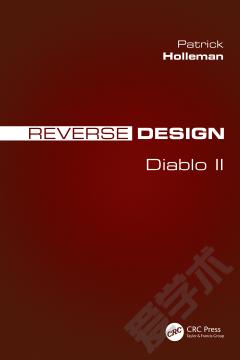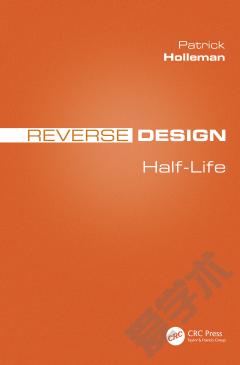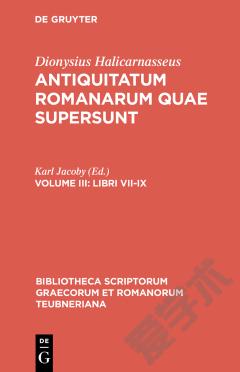Reverse Design —— Final Fantasy VII
----- 反向设计:最终幻想
知识图谱网络
The Reverse Design series looks at all of the design decisions that went into classic video games. This is the fifth installment in the Reverse Design series, looking at Final Fantasy VII. Written in a readable format, it is broken down into eight sections examining some of the most important topics to the game:
-
How latter-day critics have misunderstood the artistic goals of Final Fantasy VII
How RPG history began to diverge significantly after 1981, allowing for the creation of specialized RPGs like Rogue, Pokemon, and especially Final Fantasy VII
How Final Fantasy VII does not abandon complexity in its systems, but simply moves that complexity to the endgame to aid the narrative elements of the game
{{comment.content}}








 京公网安备 11010802027623号
京公网安备 11010802027623号